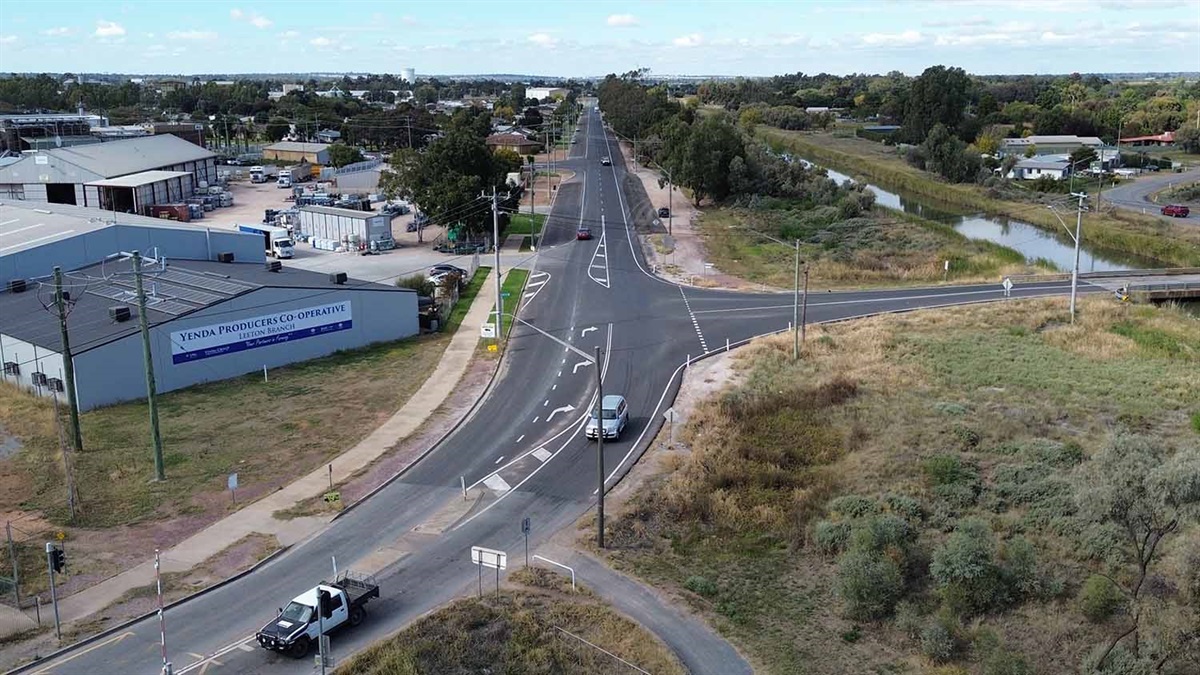- New free-of-charge media literacy modules for secondary school students around effective strategies to understand how they are being targeted by marketing around unhealthy foods, alcohol and gambling.
- These modules are produced in partnership with VicHealth.
- Part of the Alannah & Madeline Foundation’s eSmart Media Literacy lab, free of charge to all schools in Australia.
National children’s not-for-profit, the Alannah & Madeline Foundation has partnered with VicHealth and expert advisors to build engaging new online education resources for secondary school students as part of its innovative eSmart Media Literacy Lab.
Companies are constantly using novel digital marketing approaches, which can make it very hard for young people to tell when something is really an advertisement in disguise.
The new media literacy resources enable secondary school students to cast a critical and mindful eye over harmful digital marketing that aims to normalise harmful products and entice them into potentially dangerous consumption.
The Foundation’s CEO, Sarah Davies AM, said that students will learn about sponsorship as a digital marketing tool and understand how companies use association and identity to encourage consumption of their product.
“Marketing of harmful products is ubiquitous in Australian society, with children and young people exposed to a wide range of pervasive and often covert online marketing practices,” Ms Davies said.
“This covert marketing is also seen as a child’s rights-based issue. Our partner UNICEF for example is advocating for governments to adopt a child’s rights-based approach to digital marketing to ensure the child’s best interests are always the primary consideration.”
“Through three new VicHealth modules in the eSmart Media Literacy Lab, they’ll also understand the risks involved when our children are repeatedly exposed to harmful products”, Ms Davies said.
Launched in 2020, the eSmart Media Literacy Lab is a first-of-its-kind resource for school students aged 12-16 that equips them with the critical thinking skills they need to effectively navigate the media and online environments.
Schools across Australia are encouraged to register, with all schools having free access.
The VicHealth modules focus on general media literacy and health promotion, with tailored learning content and questions specific to each harmful industry – alcohol, unhealthy foods and gambling. These will provide engaging new learning content taught in a narrative ‘story world’ environment, with fictional and real-world examples.
They include content on marketing harmful products, children’s rights and data privacy, age verification, exposure and consumption insights and types and techniques of digital marketing.
VicHealth Commercial Determinants of Health Manager, Emma Saleeba agreed that children should be able to take part in the digital world without exposure to harmful product marketing.
“While young people explore, learn and connect online, harmful industries are right there with them. Marketing their products anytime and anywhere they want,” Ms Saleeba said.
“Alcohol, unhealthy food and gambling companies are constantly using innovative digital marketing approaches, which can make it hard for both kids and adults to tell when something is an advert in disguise.
“We can empower our kids to identify and understand these harmful tactics, but this can’t happen alone. Government policy must lead the way in ensuring that the digital environment protects children.”
Recent research has helped shine a light on the ongoing issues presented by harmful digital marketing practices.
A 2021 study from the University of Wollongong found that adolescents are bombarded with junk food marketing on social media.
Over one week, children were exposed to an average of 168 online food and drink promotions, the researchers found. Australian 10–16-year-olds watching food branded video content on YouTube and seeing food brands advertised online have been shown to have significantly higher consumption of unhealthy food and drinks.
Ms Davies said that, from a young age, children see marketing for harmful products in digital spaces, in both obvious and subtle ways.
“The consequences of digital marketing for alcohol, unhealthy food and gambling could be lifelong, impacting children’s health and wellbeing in years to come.”
Background Information:
*The Alannah & Madeline Foundation has worked to build essential digital skills children and young people in schools around the country for more than 10 years. We do this by helping children and young people reduce their risk of exposure to online harm and empower them to safely and successfully navigate the digital world.
Its eSmart programs are aligned with the national school curriculum and empower students, teachers and parents to create safe and supportive school communities where all students have the freedom to flourish. *VicHealth’s Citizen Science report shines a light on young people feeling bombarded by the marketing of harmful products on social media.
Additionally, Under the radar: Harmful industries’ digital marketing to Australian children, highlights how digital marketing for alcohol, unhealthy food and gambling is reaching children at a very young age, affecting their attitudes, habits, consumption – and health.
F





